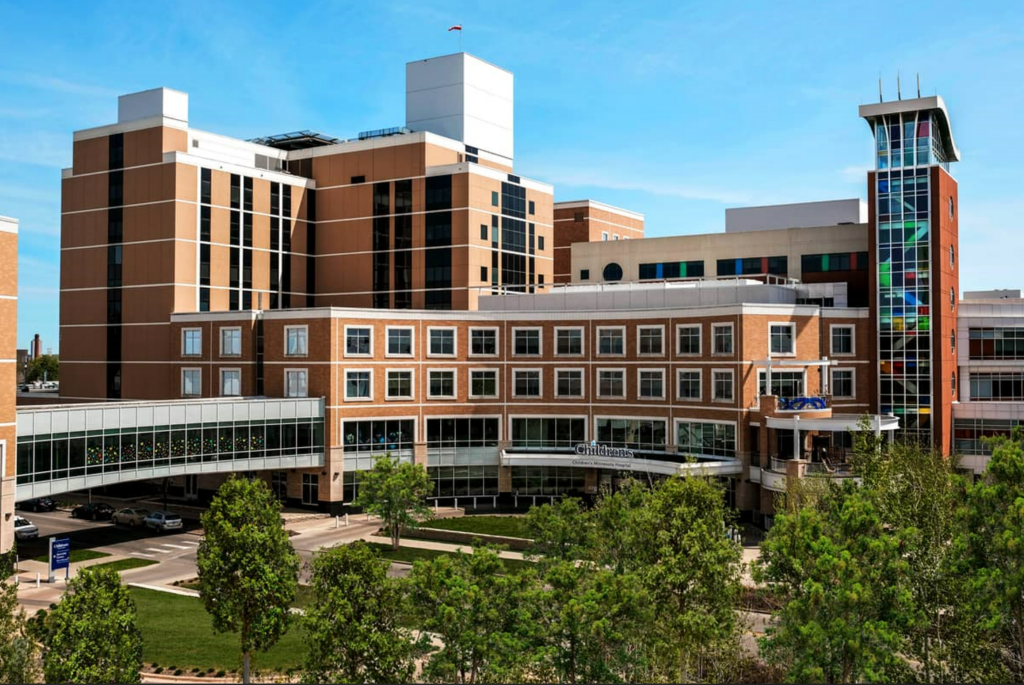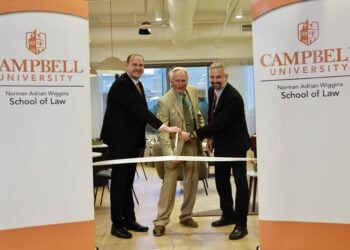A 10-year-old boy – let’s call him, Diego – came to Minnesota with his mother – let’s call her, Alida – fleeing violence in their home country. When Diego came down with the flu, a medical exam revealed a rare heart condition. Days after being admitted to Children’s Minnesota, he suffered a cardiac arrest. Since then, he has been in the hospital awaiting a heart transplant.
Diego’s healthcare needs are complex, and only some of the medical services are covered by Emergency Medical Assistance (EMA). Fortunately, Children’s Minnesota is the site of one of Legal Aid’s community clinics.
“At Children’s Minnesota, we are committed to serving the kids in our community. That means not only expert specialized health care, but providing additional resources that families may need on an often difficult journey,” said Pam Ross, the director of community health programs at Children’s Minnesota who oversees the Healthcare Legal Partnership. “Since the program’s inception in 2017, it has been a phenomenal resource for hundreds of families across the state and region.”
Staff attorney Taryn Trujillo Risom works on-site at Children’s Minnesota, and medical staff turn to her when they see a legal issue that affects a patient’s health. She works closely with staff to identify and resolve legal problems. When a patient is introduced to a lawyer by trusted staff in a known setting, the process is less stressful and can move ahead with ease.
“The hospital social worker told me about the lawyer in the hospital,” Alida said. “As a parent, you’re so worried about the health of your child and not thinking about lawyers. I was able to stay close to my son and didn’t have to leave him alone in the hospital.”
Diego was eligible for Special Immigrant Juvenile Status (SIJS), which will allow him to eventually become a lawful permanent resident. Trujillo Risom helped Alida submit the SIJS application, making Diego eligible for Medical Assistance (MA) as of the date of application. This means the costs of his surgery and post-transplant services are covered by insurance.
“The beautiful thing about the community clinics is they are two-way relationships,” observed supervising attorney Matthew Hulstein, who was recently hired to coordinate the Minneapolis community clinics unit. “Our community partners give us support and resources to help our shared clients, and we are constantly learning from each other.”
Legal Aid also has partnerships with the Harrison Neighborhood Association on the city’s north side and the Brian Coyle Community Center in the Cedar-Riverside neighborhood. An additional clinic will be opening soon with the Division of Indian Work.
“Clinic attorneys work as generalists while tapping the expertise of Legal Aid’s specialized units,” Hulstein said. “The model is the same, but each clinic is tailored to respond to the legal needs of a specific community.”
Clinic attorneys divide their time between on-site offices and Legal Aid’s downtown office, where they draw on their colleagues’ depth of specialized experience. Legal Aid resources funnel through the attorney back to the community setting.
“There are so many benefits to having attorneys embedded in community clinics,” Hulstein added. “We are one resource there among many. Clients can see a lawyer without navigating transit or arranging extra childcare and time off from work. The legal help is right there where it’s needed.”
Relationship and reciprocity are key for each community clinic. Attorneys gain deeper understanding of cultural and individual context. Community staff learn about legal rights and how to identify violations of civil law. Most importantly, clients like Diego receive holistic legal care in a setting where they feel safe and comfortable.









